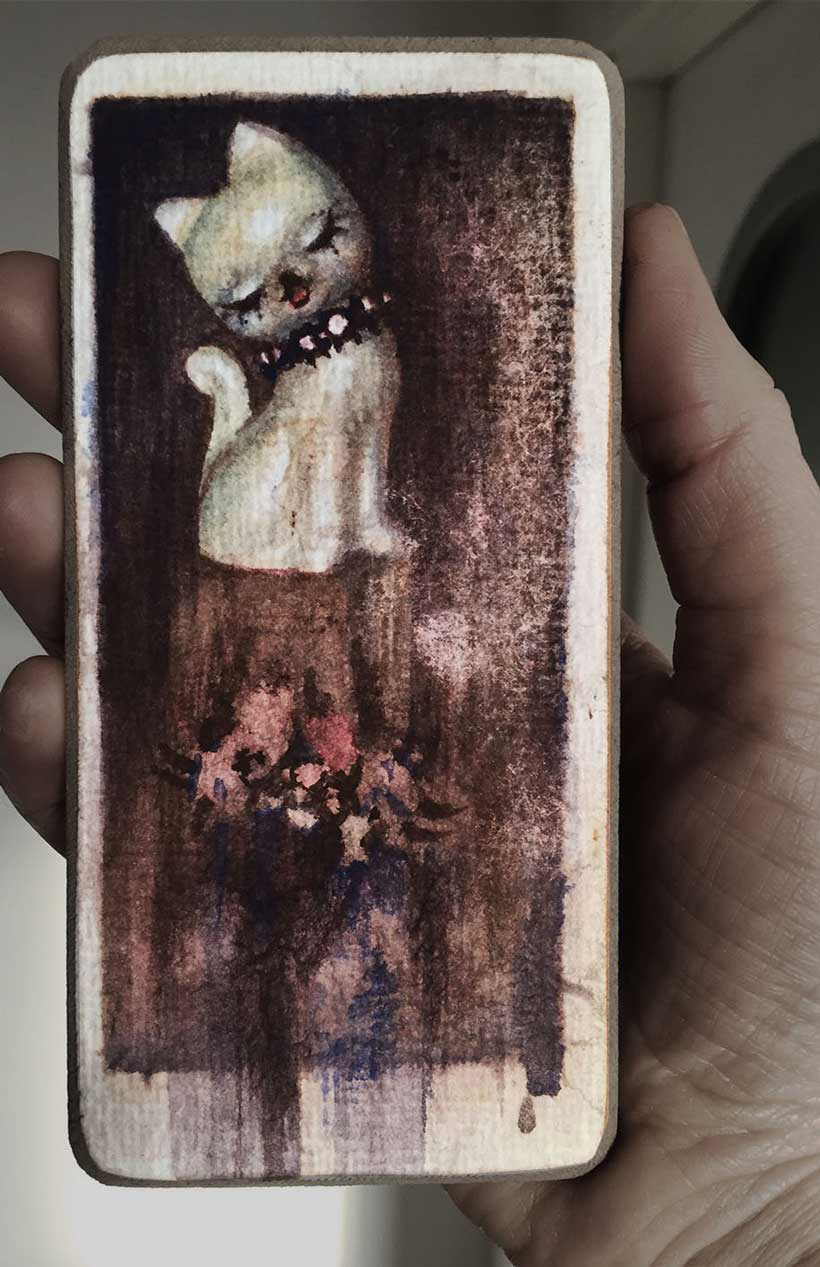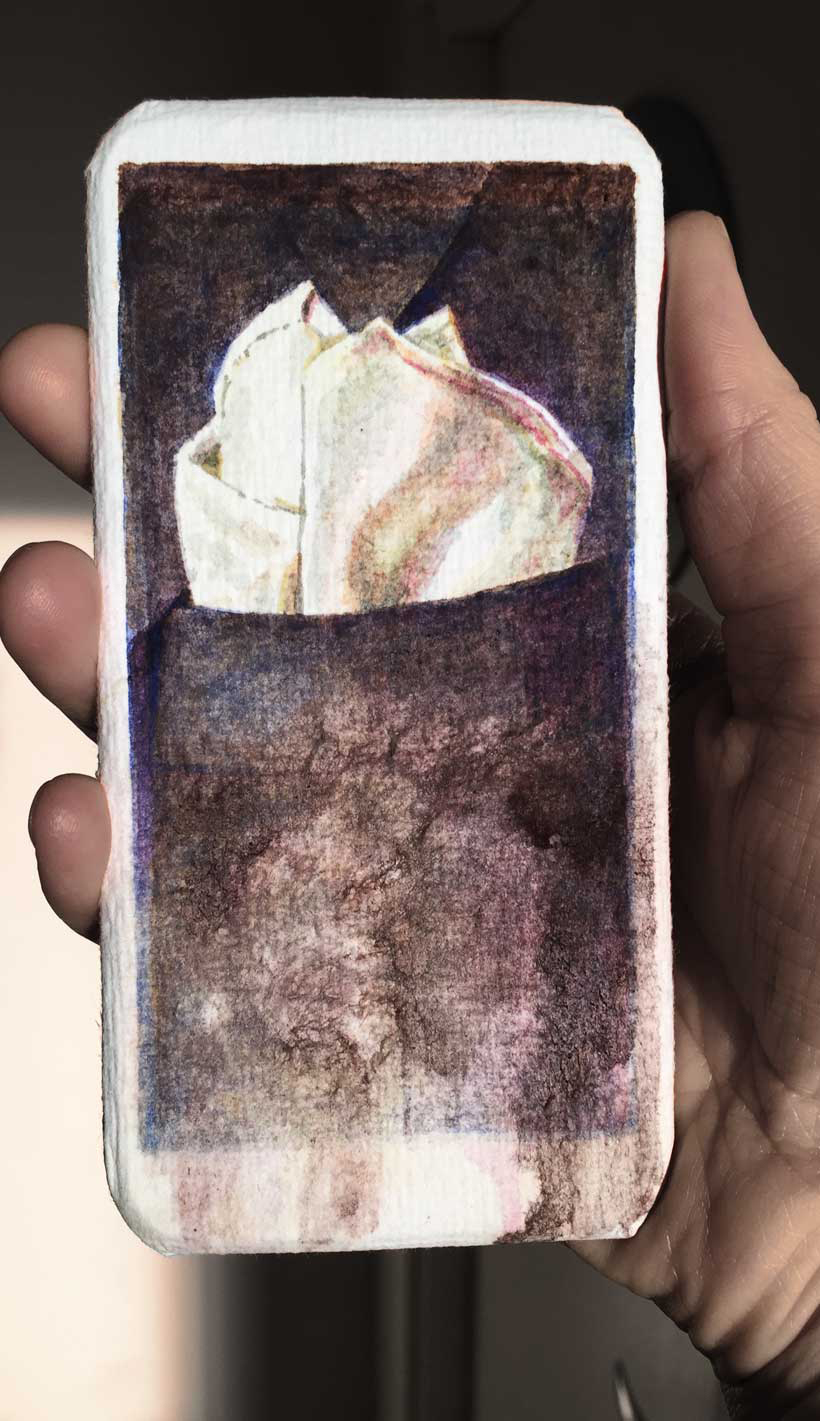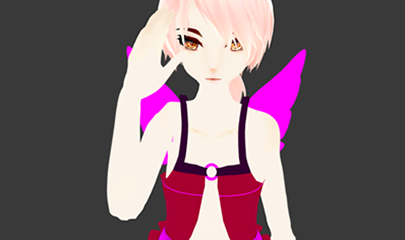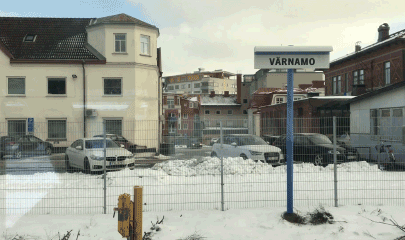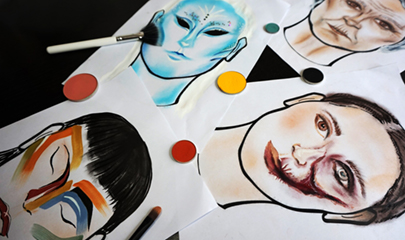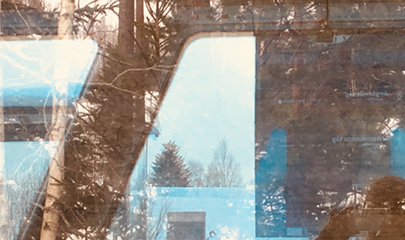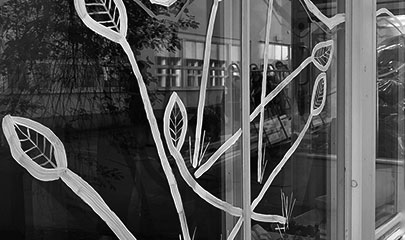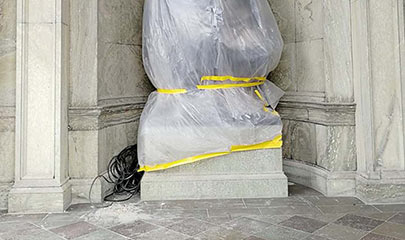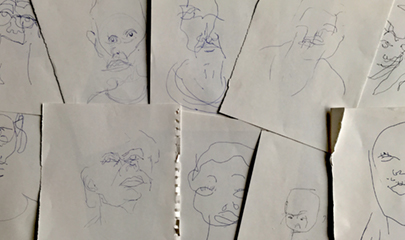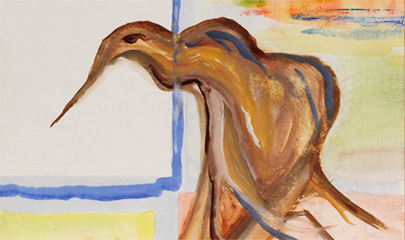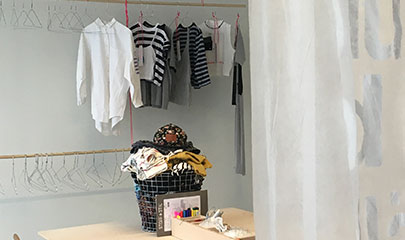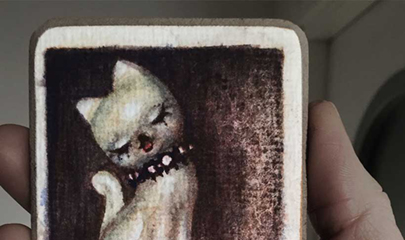This year, Konstfack’s Teacher Education Programme in Visual Arts has chosen to gather students’ studies under the theme The New Model Starts Today. Options for Education and Arts. With the aid of our students’ work, this new model can be discussed and put into perspective through topical visual arts and education issues such as:
How do the visual educator and student work with digital competence?
How can a mobile aesthetic activity be designed to create space for narratives?
What places are available for creation beyond the classroom?
Can drawing be a conflict zone?
Can art be taught?
Can the museum be understood as an ideological space?
How do upper secondary students discuss fashion and consumption criticism?
Image, visual culture and learning are central concepts to Konstfack’s Teacher Education Programme in Visual Arts. The students graduating from the Department of Visual Arts and Sloyd Education this spring will have five years of training as upper secondary teachers of art, media and design. An educational attitude is our point of departure. One of the basic concepts of the study programme is that combining theoretical and practical work will develop in-depth knowledge. An individual who is able to master many forms of knowledge will command more varied and nuanced forms of expression. This is what we call working from a double perspective, meaning that a student’s degree project will culminate in a scientific essay and a visual representation or performative action.
The gallery space at Tellusgången 16 will be the venue for the Degree Exhibition and workshops, with students in attendance together with their work.
This year’s theme, The New Model Starts Today, will also be the subject of a symposium at Svarta Havet on the 21 and 22 May.
Cecilia Andersson
Senior lecturer
Tina Carlsson
Senior Lecturer in Visual Design
Konstfacks lärarutbildning har i år valt att samla studenternas undersökningar under temat The New Model Starts Today. Options for Education and Arts. Denna ”nya modell” kan med hjälp av våra studenters arbeten diskuteras och perspektiveras genom aktuella bildpedagogiska frågor som:
Hur arbetar bildlärare och elever med digital kompetens?
Hur kan en mobil estetisk verksamhet designas för att skapa rum för berättelser?
Vilka platser finns för skapande utanför klassrummet?
Kan teckning vara en konfliktzon?
Kan konst läras ut?
Kan museet förstås som ett ideologiskt rum?
Hur talar gymnasieelever om mode och konsumtionskritik?
Bild, visuell kultur och lärande är centrala begrepp i Konstfacks lärarutbildning. De lärarstudenter som i vår examineras från Institutionen för bild- och slöjdpedagogik har under 5 år utbildat sig till gymnasielärare inom konst, media och design. Det pedagogiska förhållningssättet är vår utgångspunkt. En grundtanke i utbildningen är att kombinationen av teoretiskt och gestaltande arbete utvecklar fördjupad kunskap. En individ som behärskar flera kunskapsformer erövrar mer varierad och nyanserad uttrycksförmåga. Detta är vad vi kallar att arbeta utifrån ett ”dubbelt perspektiv”, vilket innebär att studenternas examensarbeten resulterar i en vetenskaplig uppsats och en visuell gestaltning eller performativ handling.
Galleri Tellusgången 16 är platsen för studenterna och deras gestaltningar och workshop under vårutställningen.
Årets tema The New Model Starts Today behandlas även i ett symposium i Svarta Havet den 21/5 och 22/5.
Cecilia Andersson
Lektor
Tina Carlsson
Lektor i visuell gestaltning
